The Ultimate Guide to Buying Watches: A Timeless Accessory for Men and Women
Watches have long been cherished as both functional timekeepers and stylish accessories. Whether you're an avid watch enthusiast or simply looking to find the perfect timepiece, this comprehensive guide will equip you with the knowledge to make an informed purchase. Explore the world of watches without any brand bias as we delve into the key factors to consider when buying a watch and how to find the perfect match for your style and budget.
- Understanding Watch Types:
When searching for the perfect watch, it's important to understand the different types available. Here are some popular categories:
a) Dress Watches: These watches exude elegance and simplicity, featuring sleek designs and thin profiles suitable for formal occasions.
b) Sports Watches: Designed with durability and functionality in mind, sports watches often include features such as water resistance, chronographs, and robust materials.
c) Dive Watches: Built to withstand underwater exploration, dive watches are characterized by their water resistance and legibility, typically featuring unidirectional bezels and luminescent dials.
d) Fashion Watches: These watches prioritize style and trendiness, often drawing inspiration from current fashion trends.
- Determining Watch Movements:
The movement of a watch refers to the mechanism that powers its timekeeping functions. There are three main types:
a) Mechanical Movement: Traditional and intricate, mechanical movements use a series of gears and springs to keep time. They require manual winding or automatic self-winding through the wearer's wrist movement.
b) Quartz Movement: Highly accurate and affordable, quartz watches rely on a battery to power the movement. They are low-maintenance and offer precise timekeeping.
c) Automatic Movement: Combining the craftsmanship of mechanical watches with the convenience of quartz, automatic watches are self-winding through the natural motion of the wearer's wrist.
- Considerations for Watch Materials:
The choice of watch material greatly influences its durability, appearance, and price. Here are some commonly used materials:
a) Stainless Steel: Known for its strength and corrosion resistance, stainless steel is a popular choice due to its durability and timeless aesthetic.
b) Titanium: Renowned for its lightweight and hypoallergenic properties, titanium is a durable and premium material often used in high-end watches.
c) Ceramic: Recognized for its scratch-resistant and hypoallergenic nature, ceramic watches offer a sleek and modern look.
d) Leather: Leather straps are classic and versatile, complementing both formal and casual outfits. Quality leather straps age beautifully with time.
- Watch Features and Complications:
To find a watch that suits your lifestyle and preferences, consider the features and complications it offers:
a) Water Resistance: A crucial feature for those who engage in water-related activities, such as swimming or diving. Look for specific depth ratings to determine the watch's water resistance level.
b) Chronograph: Ideal for sports enthusiasts or those who appreciate a stopwatch function, chronographs allow you to measure time intervals.
c) Moon Phase: A popular complication among watch collectors, moon phase displays add a touch of elegance, showcasing the current phase of the moon.
d) GMT: Watches with GMT (Greenwich Mean Time) complications display multiple time zones, making them ideal for frequent travelers.
- Watch Sizing and Fit:
Proper sizing and fit are essential for comfort and style. Consider the following factors:
a) Case Diameter: Measure the diameter of your wrist to find a case size that complements your proportions. A larger wrist may require a bigger case size, while a smaller wrist may benefit from a more compact size.
b) Strap Length: Ensure that the strap comfortably fits your wrist. Leather straps often have multiple holes for adjustable sizing, while metal bracelets can be adjusted by removing or adding links
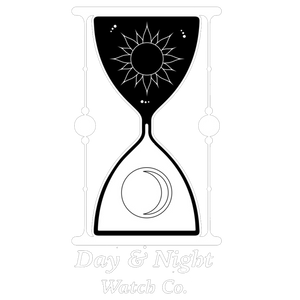
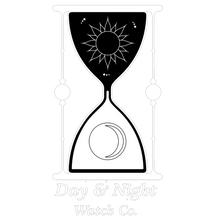
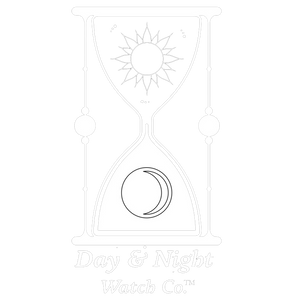
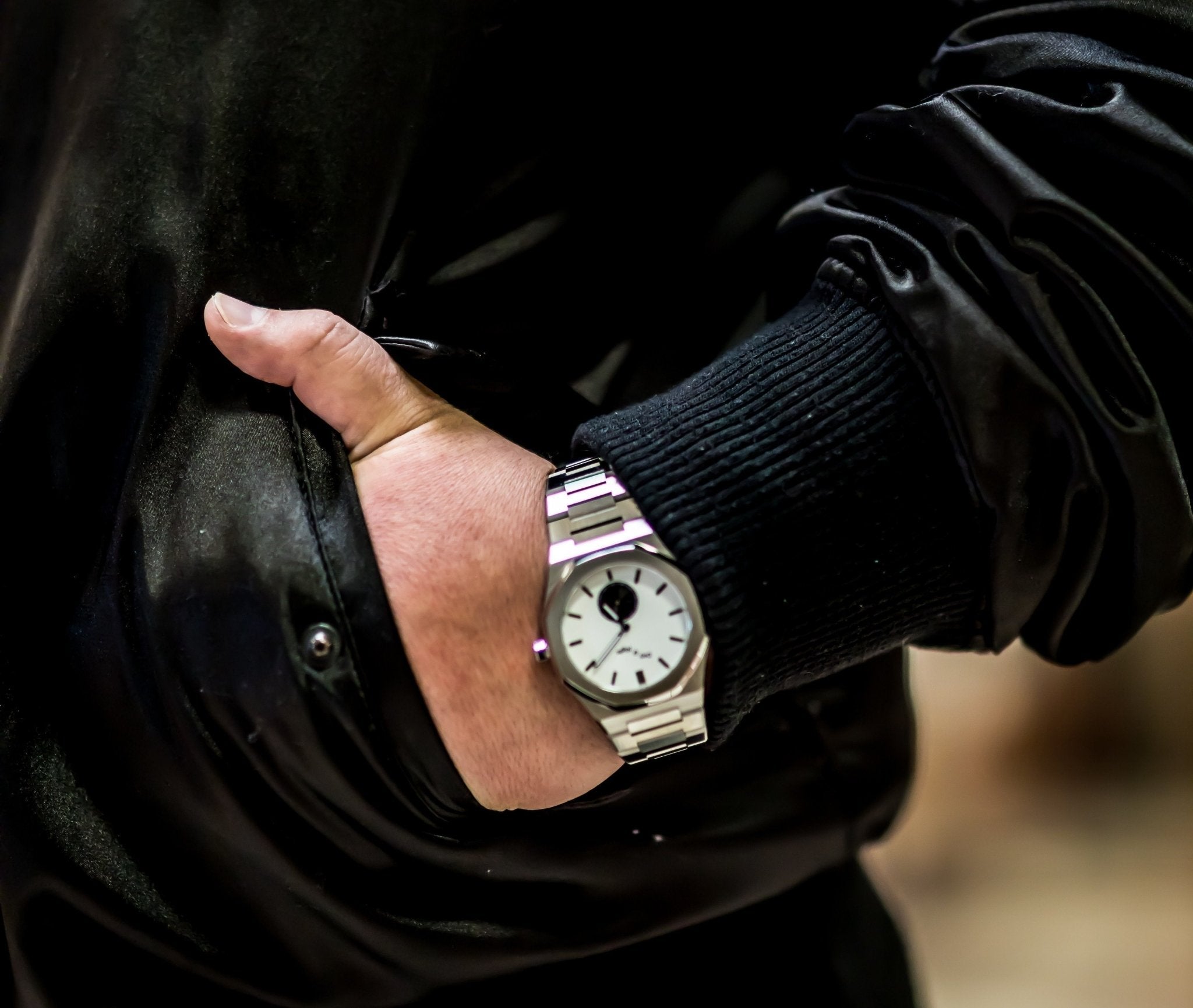
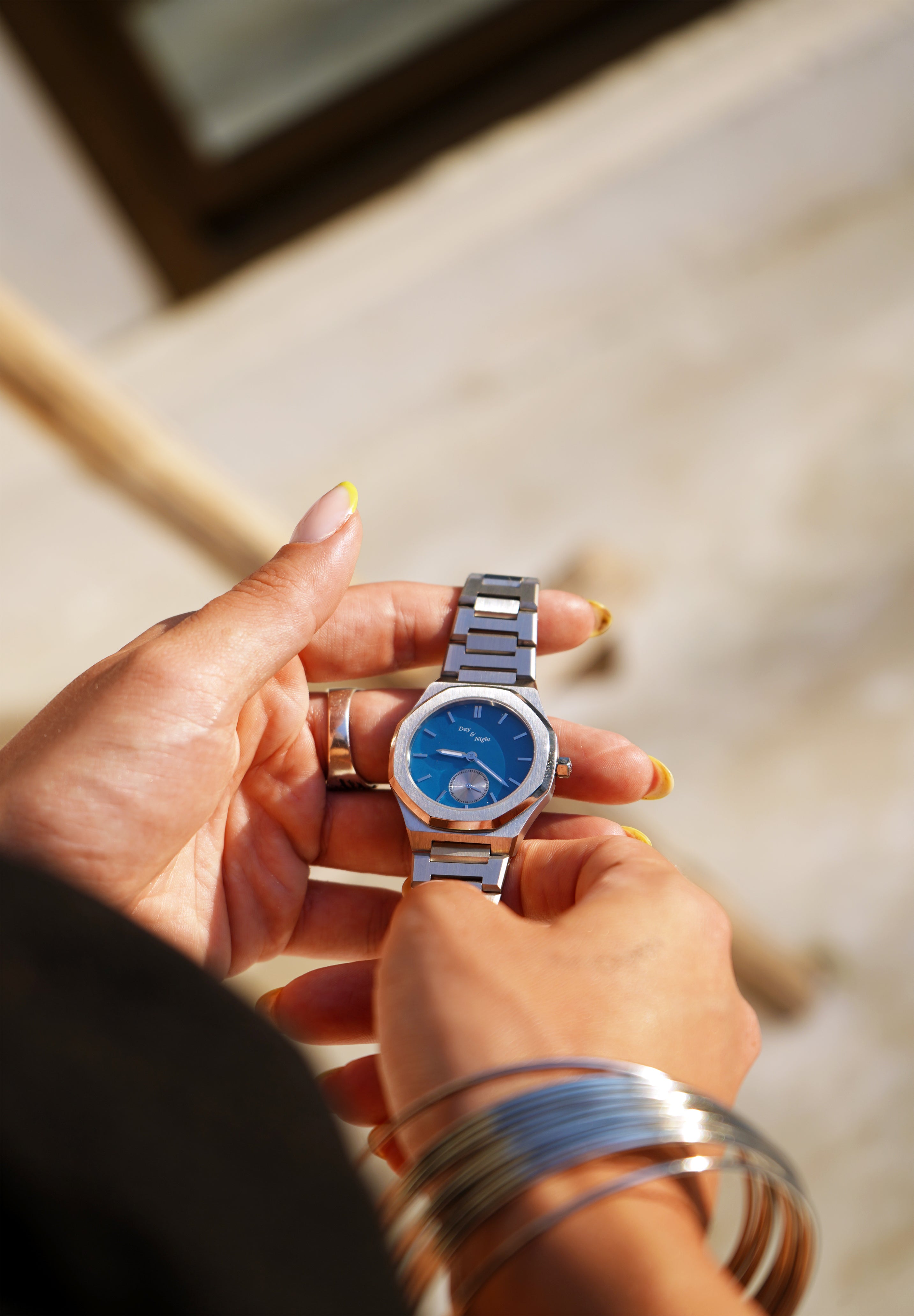
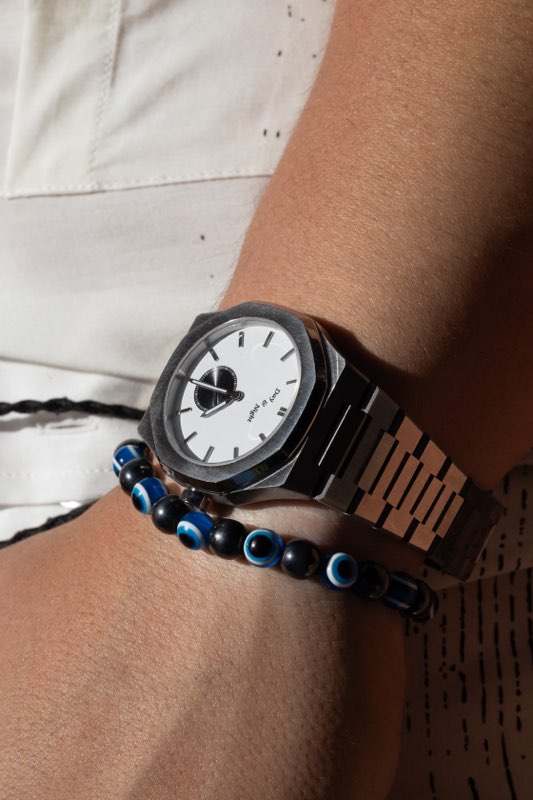
Leave a comment